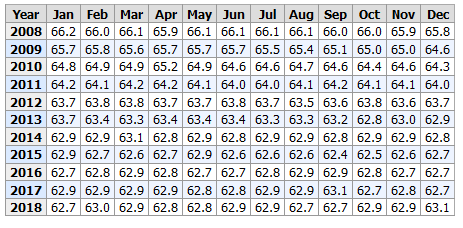On Thursday, The Center Square posted an article about the impact of inflation on homebuyers.
The article reports:
(The Center Square) – The housing market is not immune from inflationary woes as buyer’s purchasing power has significantly diminished in four years. Home buyers in 2024 need 80% more income to purchase a home than they did in 2020, according to a new report by Zillow.
“The income needed to comfortably afford a home is up 80% since 2020, while median income has risen 23% in that time,” the report states. That equates to $47,000 more than four years ago.
“Home shoppers today need to make more than $106,000 to comfortably afford a home,” according to the report. “That is 80% more than in January 2020.”
A monthly mortgage payment for a typical U.S. home has nearly doubled since January 2020, the report notes, up 96.4% to $2,188. The calculations are based on a 10% down payment.
Home values also increased over 42% in the last four years, with the typical home nationwide worth roughly $343,000, according to Zillow’s January market report. Mortgage rates in January 2020 were 3%, the report notes. By February 2024, they are closer to 7%.
The article notes:
The report’s analysis was based on quarterly median household income from the American Community Survey, Moody’s Analytics, and the Bureau of Labor Statistics’ Employment Cost Index.
The findings were announced as total household debt reached a record $17.5 trillion in the fourth quarter of 2023, according to a Federal Reserve Bank of New York report. Mortgage debt increased by $112 billion in Q4 2023 to reach $12.25 trillion. Balances on home equity lines of credit increased by $11 billion, the seventh consecutive quarterly increase after Q1 2022. There are currently $360 billion in aggregate outstanding balances, the Fed states.
The overspending of our government impacts all of us. There will eventually be a tipping point where the housing market crashes because people cannot afford to buy houses. We need to un-elect any Congressman or Senator that continues to vote for overspending.




